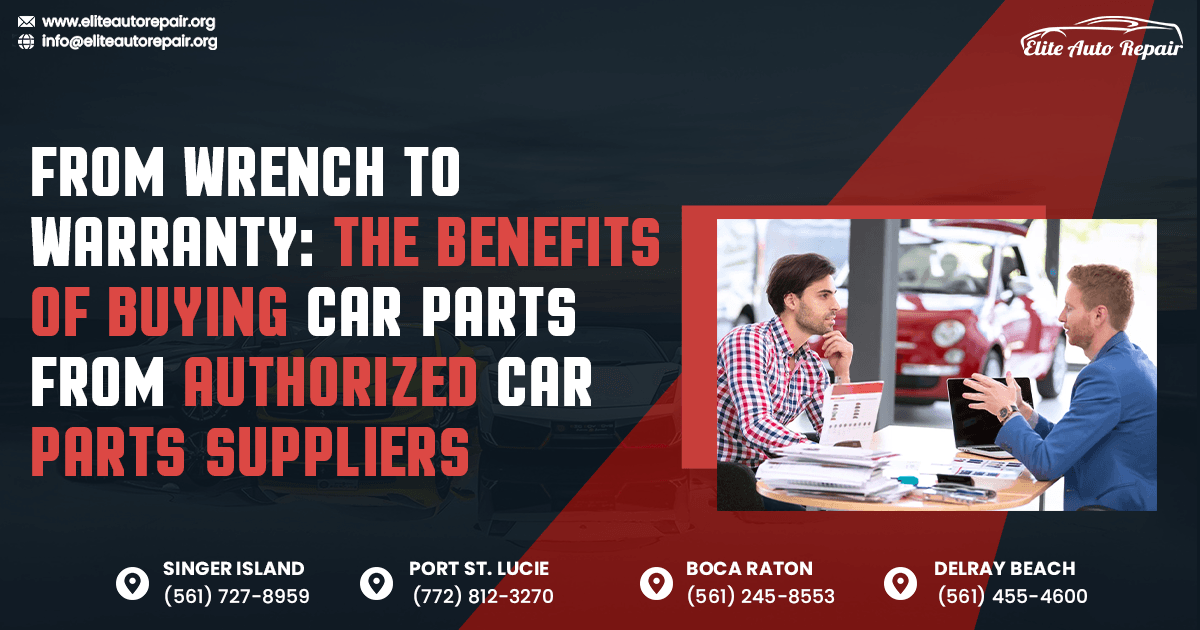Imagine your car as a superhero — it’s bumper is like a trusty shield, ready to absorb the blows from unexpected encounters. Positioned at the front and rear, the bumper not only protects the car’s vital organs (like the engine and tail lights) but also adds personality to its look.
In the world of automotive design, bumpers are a blend of art and engineering. They can be sleek and stylish or rugged and tough, often housing cool features like LED lights and sensors that help you navigate tight spots. Plus, with advancements in technology, many modern bumpers are equipped with smart features that enhance safety and performance is Bumper Repair and Replacement.
Significance of Bumper Repair:
Think of your car’s bumper as its first line of defense in a world full of surprises. When it gets damaged, it’s not just a cosmetic issue—it’s like having a superhero with a cracked shield! Here’s why bumper repair is so important:
- Safety First: A damaged bumper is like a knight with a broken armor—it’s less effective in battle. If you’re in a minor collision, a sturdy bumper helps absorb impact and keeps you and your passengers safe. Repairing it ensures your car is ready to face the unexpected.
- Supporting Act: The bumper doesn’t just stand alone; it supports other key players, like headlights and sensors. A compromised bumper can lead to a domino effect of damage. Fixing it helps maintain the structural integrity of your entire vehicle, keeping everything in alignment.
- Visual Impact: Just like a great outfit can boost your confidence, a sleek, repaired bumper enhances your car’s overall look. A pristine bumper adds to your vehicle’s charm and can even boost its resale value—after all, first impressions matter!
- Stay Compliant: Many places have rules about vehicle safety and appearance. A damaged bumper could land you in trouble during inspections, so keeping it in shape means you’re cruising legally and smoothly.
Repairing that bumper is all about maintaining safety, style, and longevity, keeping your ride ready for anything the road throws your way!
Categories of Bumper Repair:
Bumper repairs can vary significantly based on the make and model of a vehicle, as well as the type of bumper itself. Here are some common types of bumper repairs categorized by material and design:
-
Plastic Bumper Repairs
- Heat Welding: For small cracks or tears, heat welding can fuse the plastic back together. This method is often used on modern vehicles with plastic bumpers.
- Plastic Repair Kits: These kits can help fill in scratches and small dents, using adhesives and fillers specifically designed for plastic.
-
Composite Bumper Repairs
- Resin Repairs: Many composite bumpers can be repaired using resin fillers. This is common in vehicles with a combination of plastic and other materials.
- Replacement Panels: If the damage is extensive, replacing the entire bumper assembly might be necessary.
-
Metal Bumper Repairs
- Straightening: For traditional metal bumpers, dents can often be hammered out or straightened using specialized tools.
- Welding: If there are cracks or breaks, welding can be used to repair the bumper, particularly on older vehicles with steel bumpers.
-
Bumper Cover Repairs
- Repainting: After repairs, a fresh coat of paint can restore the bumper’s appearance. This is often done for both plastic and metal bumpers.
- Vinyl Wrapping: For cosmetic upgrades or repairs, some may choose to wrap the bumper in vinyl, giving it a new look while protecting the surface.
-
Advanced Technology Repairs
Sensor and Light Recalibration: For newer vehicles with integrated technology, any repairs might require recalibrating sensors or reprogramming systems to ensure they function correctly after the repair.
Smart Bumper Repairs: Bumpers with cameras or advanced safety features may need specialized attention to ensure all components are properly aligned and functioning.
Each make and model may have unique features that influence the repair method, so it’s always best to consult a professional familiar with your specific vehicle!
Influence of bumper appearance
The bumper is one of the first things people notice about your vehicle. A well-maintained bumper contributes to an overall positive impression, whether you’re at a car show or parked in a public lot.
Resale Value: A pristine bumper can enhance your vehicle’s resale value. Buyers often consider the condition of the exterior when making a purchase decision, and a damaged or unattractive bumper can deter potential buyers or reduce offers.
Aesthetic Cohesion: The bumper plays a significant role in your car’s design. A stylish bumper that matches the vehicle’s overall look can enhance its appeal. An unattractive or mismatched bumper can disrupt the visual flow and make the car look less appealing.
Brand Image: For businesses that use vehicles for branding or delivery, a damaged bumper can negatively impact the company’s image. A clean, professional appearance reflects well on the business and helps build customer trust.














